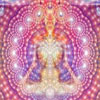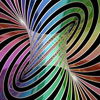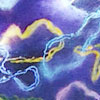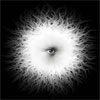The Torus At All Scales
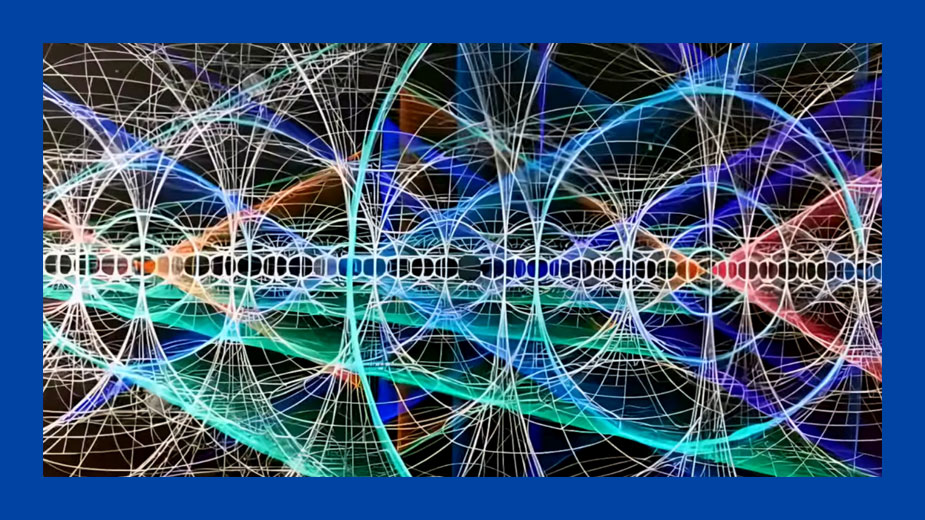 “… Spirality pervades the Universe concretely and abstractly, visibly and invisibly. Not only do the galaxies of stars tend to this rotary form, and possibly the super galaxies or even the Universe itself, but the spiroid theme dominates the courses and shapes of bodies and substances all the way down to the atom.” ~ Guy Murchie, The author of The Seven Mysteries of Life
“… Spirality pervades the Universe concretely and abstractly, visibly and invisibly. Not only do the galaxies of stars tend to this rotary form, and possibly the super galaxies or even the Universe itself, but the spiroid theme dominates the courses and shapes of bodies and substances all the way down to the atom.” ~ Guy Murchie, The author of The Seven Mysteries of Life
“… one of the basic and the more abstract concepts of this whole concept of UN.AR.I.U.S., is the fact as stemming down from these infinitely higher dimensions are great vortexes of energy.” ~ Ernest L. Norman, The author of The Infinite Concept Of Cosmic Creation
“That the man calls matter, or substance, has no existence whatsoever. So-called matter is but waves of the motion of light, electrically divided into opposed pairs, then electrically conditioned and patterned into what we call various substances of matter. Briefly put, matter is the motion of light, and motion is not substance. It only appears to be. Take motion away and there would not be even the appearance of substance.” ~ Walter Russell, The author of The Secret of Light
“So the Infinite Mind became the ultimate, the absolute, the most abstract of these great cosmic or celestial vortexes of pure energy, pure intelligence, pure all in all. There is not a thing which you can conceive in this vast vortex, which is the Infinite Mind, which It has not conceived and of which you will not in a future day learn is the transposition of the differentiation of different levels of expression of this great Infinite Mind.” ~ Ernest L. Norman, The author of The Infinite Concept Of Cosmic Creation
**************
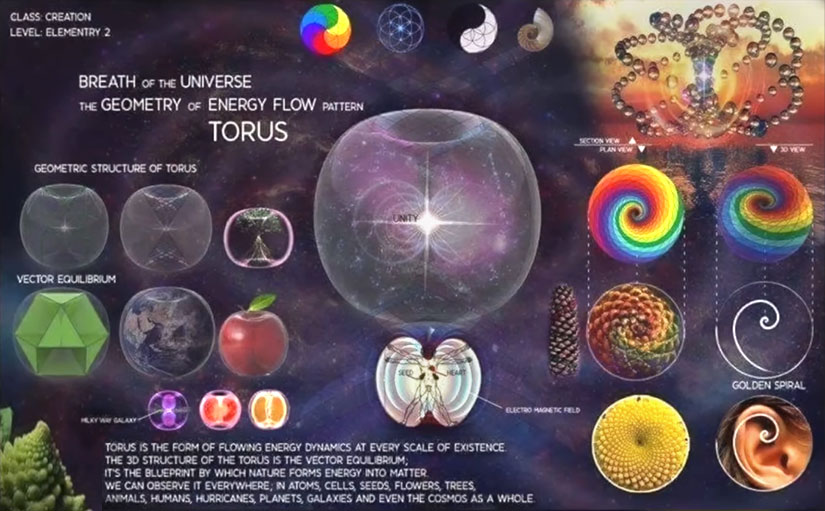 The Helical And Toroidal Construction Of Our Universe
The Helical And Toroidal Construction Of Our Universe
by Vladimir B. Ginzburg
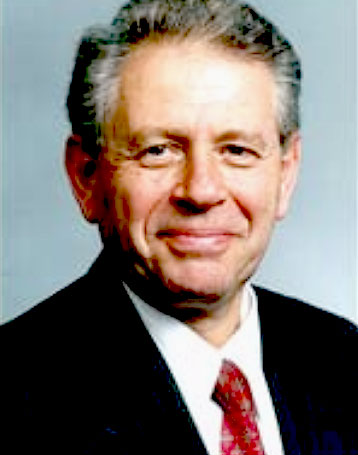 Vladimir B. Ginzburg was born in Moscow, Russia. He received an M.S. degree in mechanical engineering (1961) and a Ph.D. degree in technical sciences (1968). He moved to the United States with his family in 1974 where his principal occupation was the development of computer models for simulation of technological processes. The author of numerous articles and several books related to engineering, Vladimir Ginzburg holds over 60 U.S. and foreign patents. In parallel with his work in engineering, he conducts intensive research in physics. The main topic of his research is the vortex theory. He presented the results of his research in several scientific papers and several books. In his books he outlines the history of the vortex theory along with the basic concept of the 3-dimensional spiral string theory (3D-SST) that explores several exciting aspects of nature.
Vladimir B. Ginzburg was born in Moscow, Russia. He received an M.S. degree in mechanical engineering (1961) and a Ph.D. degree in technical sciences (1968). He moved to the United States with his family in 1974 where his principal occupation was the development of computer models for simulation of technological processes. The author of numerous articles and several books related to engineering, Vladimir Ginzburg holds over 60 U.S. and foreign patents. In parallel with his work in engineering, he conducts intensive research in physics. The main topic of his research is the vortex theory. He presented the results of his research in several scientific papers and several books. In his books he outlines the history of the vortex theory along with the basic concept of the 3-dimensional spiral string theory (3D-SST) that explores several exciting aspects of nature.
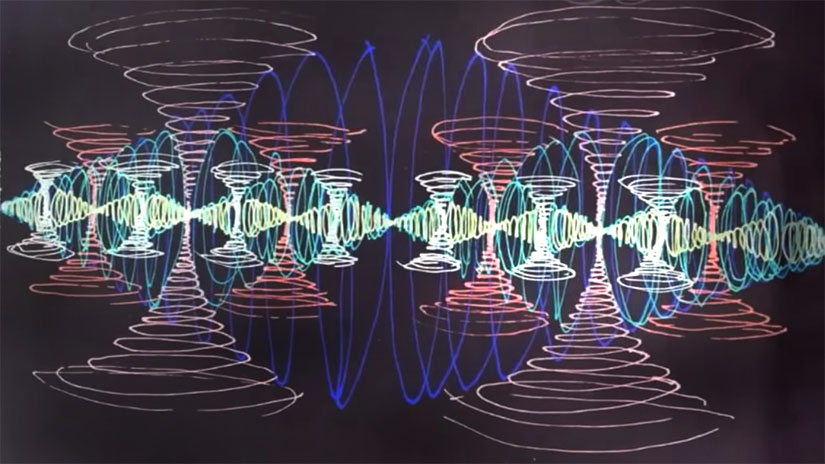 How It Started
How It Started
The Unified Spacetime Multiverse (USM) theory is a contemporary version of the vortex theory conceived by the Greek philosophers about 2600 ago and further advanced by several well-known scholars, including Johannes Kepler, René Descartes, Christiaan Huygens, Gottfried Leibniz Hermann Helmholtz, William Thomson (Lord Kelvin), James Maxwell and J.J. Thomson.
It was my son Gene, who triggered my first eureka moment. It occurred during our dinner conversation at the end of December of 1992. Neither his high school teachers nor my university professors had ever mentioned during their lectures about the the vortex theory. While looking at a crumb of bread, Gene made a casual observation: “There is probably another world inside that piece.”
It struck me during the following sleepless night that a concept of a multi-level universe could be expressed by a purely abstract idea that I called the Spiral Principle (Fig. 1):
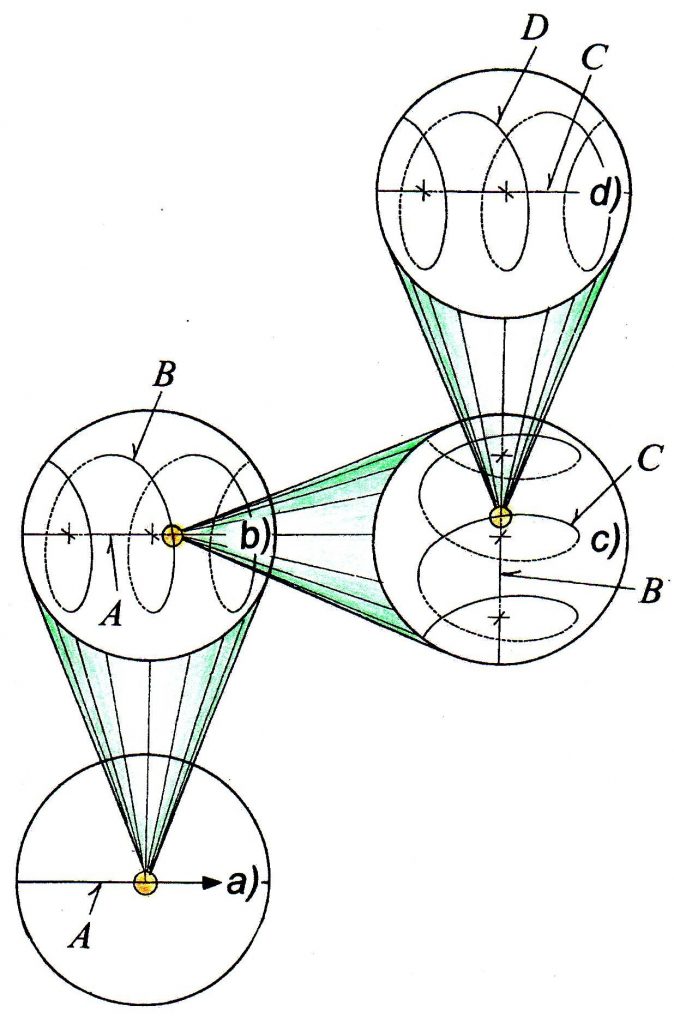 Fig. 1: Every line is a three-dimensional helical spiral
Fig. 1: Every line is a three-dimensional helical spiral
The Second Eureka Moment – The Helicola
A few days later, after looking at the bright stars of a beautiful Arizona night sky, I realized that the abstract Spiral Principle is at the core of a real multi-level spiral that I called helicola outlining the paths of all celestial bodies and permeating the entire universe. At each level of helicola, there is a leading string propagating with a certain velocity and a trailing string orbiting around and propagating synchronously with the leading string. Two levels of the helicola are shown in Figs. 2 and 3.
The helicola of the first level (Fig. 2) describes paths of the Sun and the center of the Milky Way. The leading string 1 of helicola represents a path of the center of the Milky Way in space with the translational velocity. As the Milky Way moves in space, the Sun orbits the galaxy center with the rotational velocity.
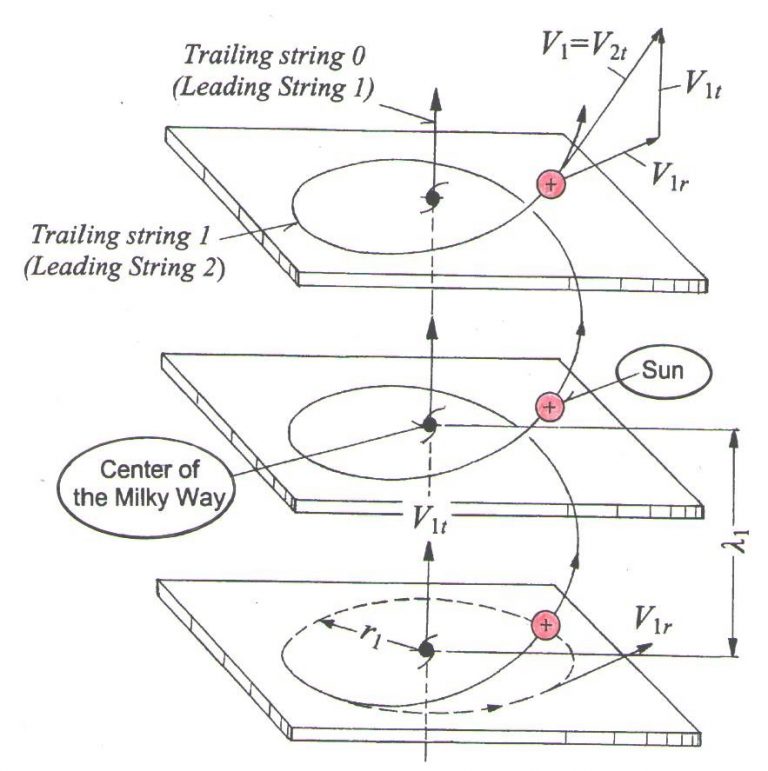
Fig. 2: Helicola of the first level
The helicola of the second level (Fig. 3) describes paths of the Earth and the Sun. At this level, the leading string 2 is a former trailing string 1 of the first level of helicola; it outlines the path of the Sun along its spiral path with the translational velocity V2t that is equal to the spiral velocity V1 of the trailing string 3. As the Sun moves around the galaxy center, the Earth orbits the Sun with the mean rotational velocity.
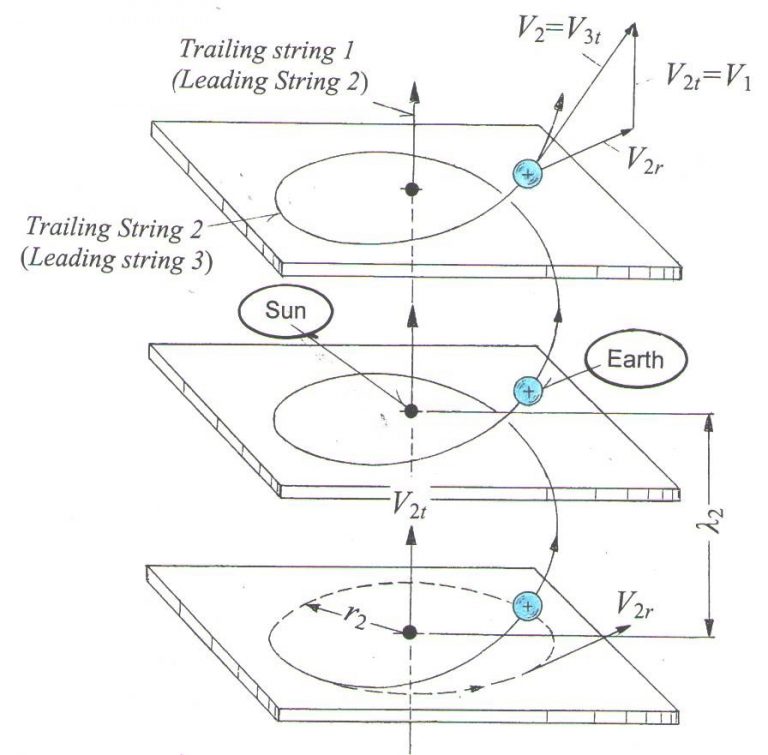
Fig. 3: Helicola of the second level
After the discovery of the celestial helicola it became obvious to me that the commonly-known illustration of the solar system (Fig. 4) in which a stationary Sun is surrounded by the planets moving along elliptical paths is outdated. Proposed by the German astronomer and mathematician Johannes Kepler (1571-1630) four centuries ago, it was based on the assumption that the stationary Sun was located at the center of the universe. Figure 5 provides us with a contemporary view of our planetary system in which the planets spiral around the Sun, while the Sun orbits the center of the Milky Way.
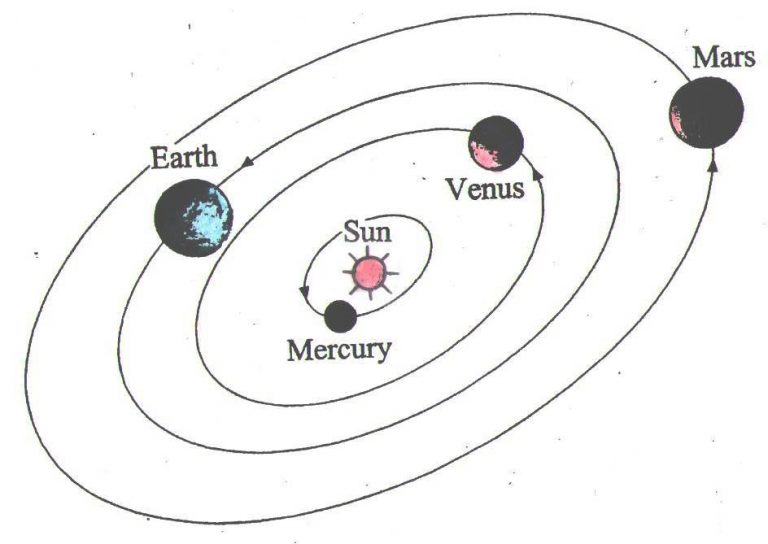
Fig. 4: Illustration of the solar system
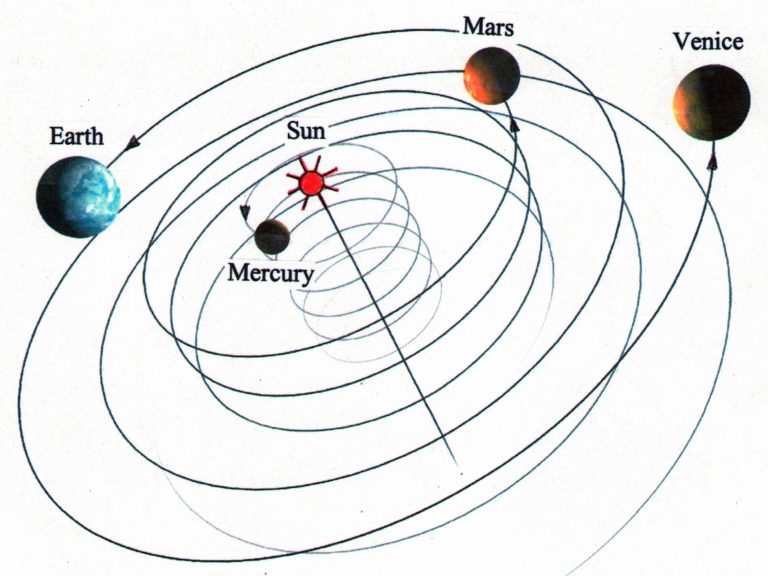
Fig. 5: Contemporary view of our planetary system
The Third Eureka Moment – The Toryx & Helyx
Toryx (Fig. 6) and helyx (Fig. 7) are two single-level particular cases of helicola. According to the USM theory, toryx and helyx are the prime entities of the Multiverse.
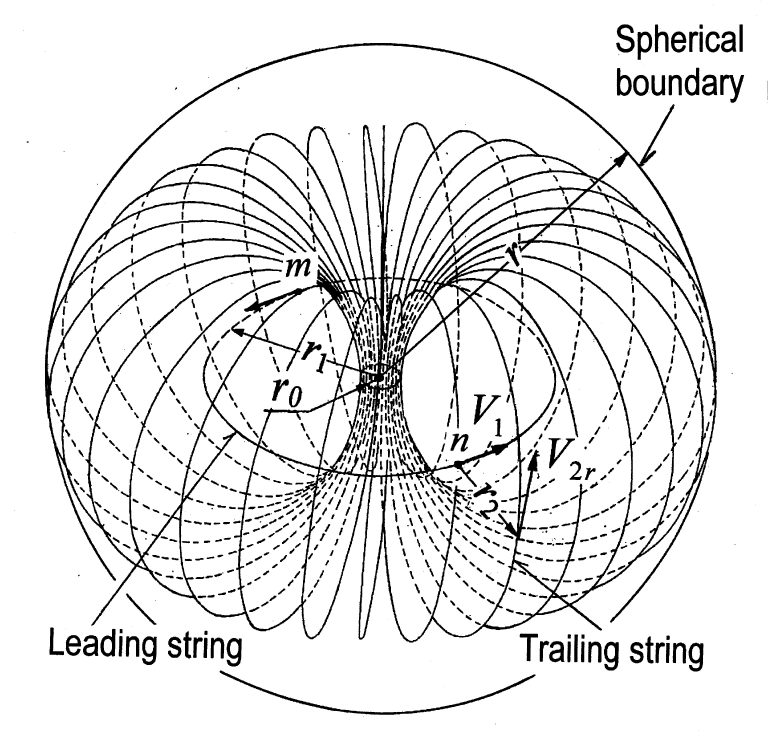
Fig. 6: The Toyrx (above)
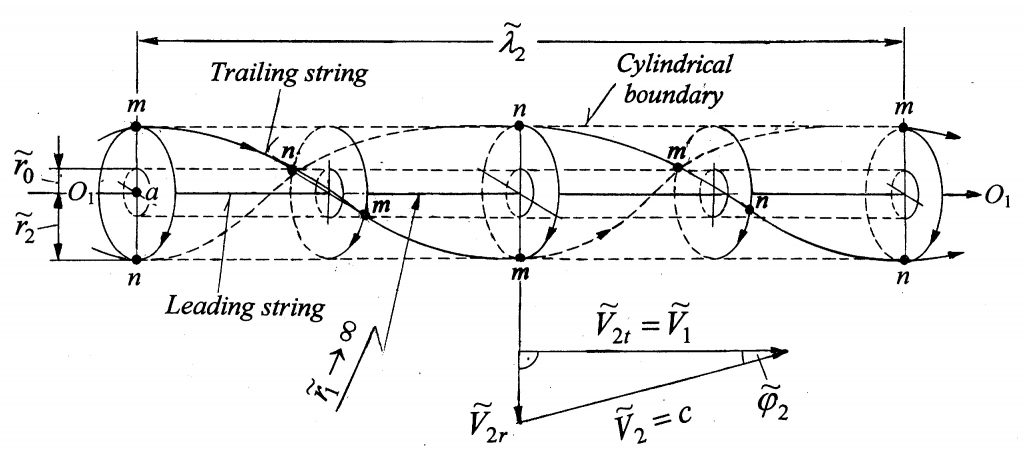
Fig. 7: The Helyx (above)
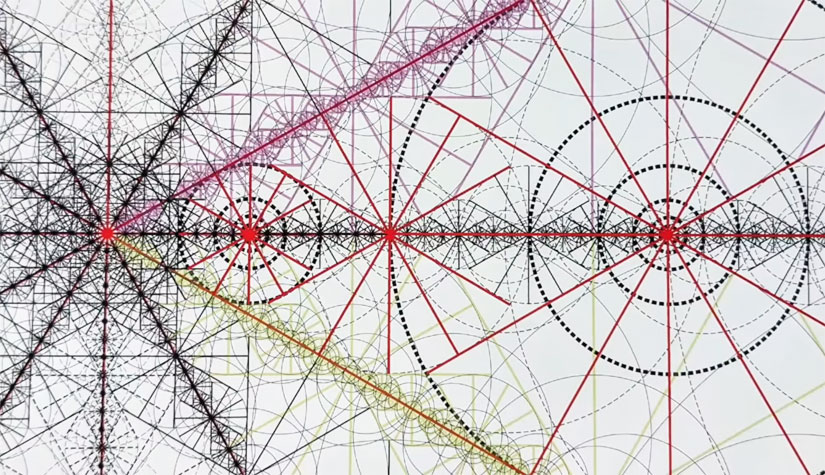
Basic Concept of 3D-SST
by Dr. Vladimir B. Ginzburg
According to the 3-Dimensional Spiral String Theory (3D-SST), at the core of the universe are two polarized spacetime spiral string entities called toryces and helyces that form elementary mass and radiation particles respectively. Polarization of toryces is a result of a topological inversion of their spacetimes that enables them to absorb and release energy. Elementary mass particles are created from toryces by following the universal conservation laws. Helyces are created when their parental toryces are transferred from higher to lower quantum energy states. Depending on the type of their parental toryces, the helyces form elementary radiation particles having various frequencies and propagating at either luminal or superluminal velocities. The radiation particles are responsible for exchange of energy and communication between the matter particles. Physical properties of toryces and helyces are directly related to their spacetime properties. The theory requires a new interpretation of zero, number line and trigonometry.
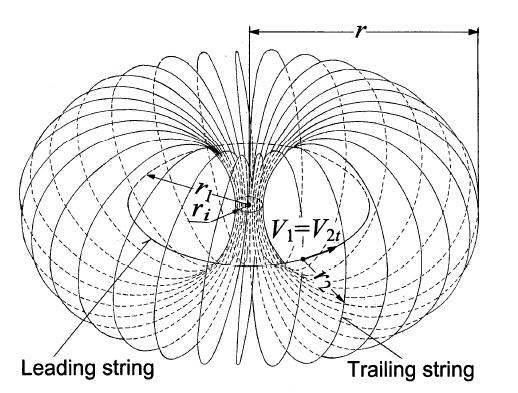
This is a diagram from Ginzburg’s paper on his 3D-SST model
Conclusions From Ginzburg’s 3D-SST Model
- All elementary particles are made up of polarized spacetime spiral string entities called toryces.
- Toryces are polarized in two ways, by their vorticity (with positive and negative charge) and by their reality (real and imaginary). The polarization involves topological inversion of their spacetimes.
- Toryces exist at two types of quantum energy states called excitation and oscillation.
- Toryces form elementary matter particles called electrons, positrons, aetherons and singletrons.
- Constituent toryces of stable elementary particle provide balanced absorption and release of energy.
- The magnitudes of properties of elementary matter particles vary from infinity to infinility (the inverse of infinity) and depend on both the types and the levels of quantum energy states of toryces.
- Polarized spacetime spiral string entities called helyces are created when their parental toryces are transferred from higher to lower quantum energy states.
- Helyces form elementary radiation particles. The helyces created by excited toryces are called electons, positons, aetherons and singletons. The helyces created by oscillated toryces are called electrinos, positrinos, aethertrinos and singletrinos.
- Elementary radiation particles are responsible for the exchange of energy and communication between their parental elementary mass particles.
- All elementary radiation particles, except for singletrons and singletrinos, propagate at velocity of light. The singletons and singletrinos propagate at superluminal velocities.
- Spacetime properties of toryces and helyces are based on seven fundamental equations. Their physical properties are directly related to their spacetime properties.
- Creation and existence of stable atoms is governed by the laws of conservation of charge, reality and energy. In stable atoms the total magnitude of these three parameters must be approaching the infinility.
- The theory requires a new interpretation of zero, number line and trigonometry.
Here is an explanation of his paper describing this intriguing theory (video below).
A Possible Validation Of The 3D Version Of String Theory
Posted in Other Topics, Science For The New Agewith comments disabled.


